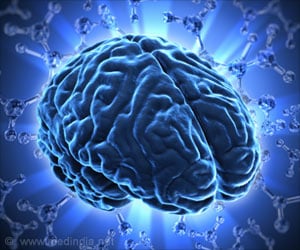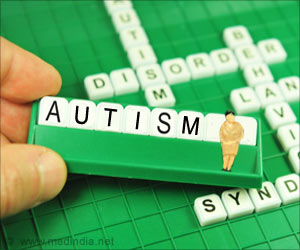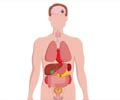
‘A protein coding gene called DIXDC1 instructs the brain cells to connect with other brain cells during development. Mutation in this gene is observed in people with autism.’
Tweet it Now
The study was led by Karun Singh, a scientist with the Stem Cell and Cancer Research Institute (SCCRI) and an assistant professor of biochemistry and biomedical sciences at McMaster’s Michael G. DeGroote School of Medicine.The researchers discovered an important ‘on’ button in DIXDC1 protein that instructs brain cells to form mature connections called synapses with other brain cells during development. Working with the leading geneticist Stephen Scherer from The Hospital for Sick Children and the University of Toronto, the team identified genetic changes that keep DIXDC1 turned “off” in a group of individuals with autism, predicted to cause brain synapses to stay immature, and reduce brain activity.
“Because we pinpointed why DIXDC1 is turned off in some forms of autism, my lab at the SCCRI, which specializes in drug discovery, now has the opportunity to begin the searching for drugs that will turn DIXDC1 back on and correct synaptic connections,” said Singh. “This is exciting because such a drug would have the potential to be a new treatment for autism.”
While this discovery holds promise, mutations in DIXDC1 account for only a small number of individuals with autism and related psychiatric conditions, Singh said.
“However, there is strong evidence that many other autism genes disrupt the development of synapses similar to DIXDC1; therefore, the key to a new treatment for autism will be to find safe medications that restore brain cell synapse growth and activity.”
Advertisement
“This is the first step of many ahead as the SCCRI continues to strive for near-term impact on human health through stem cell research,” he said, adding that the addition of Singh’s team was enabled by the support from the David Braley Chair in Neural Stem Cell Research.
Advertisement
Source-Newswise















